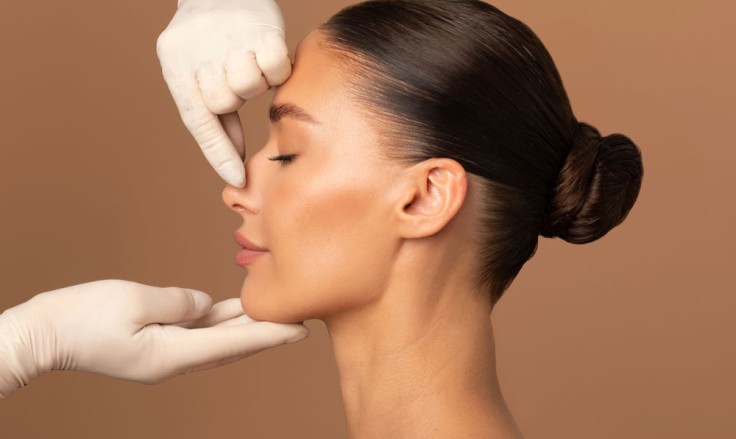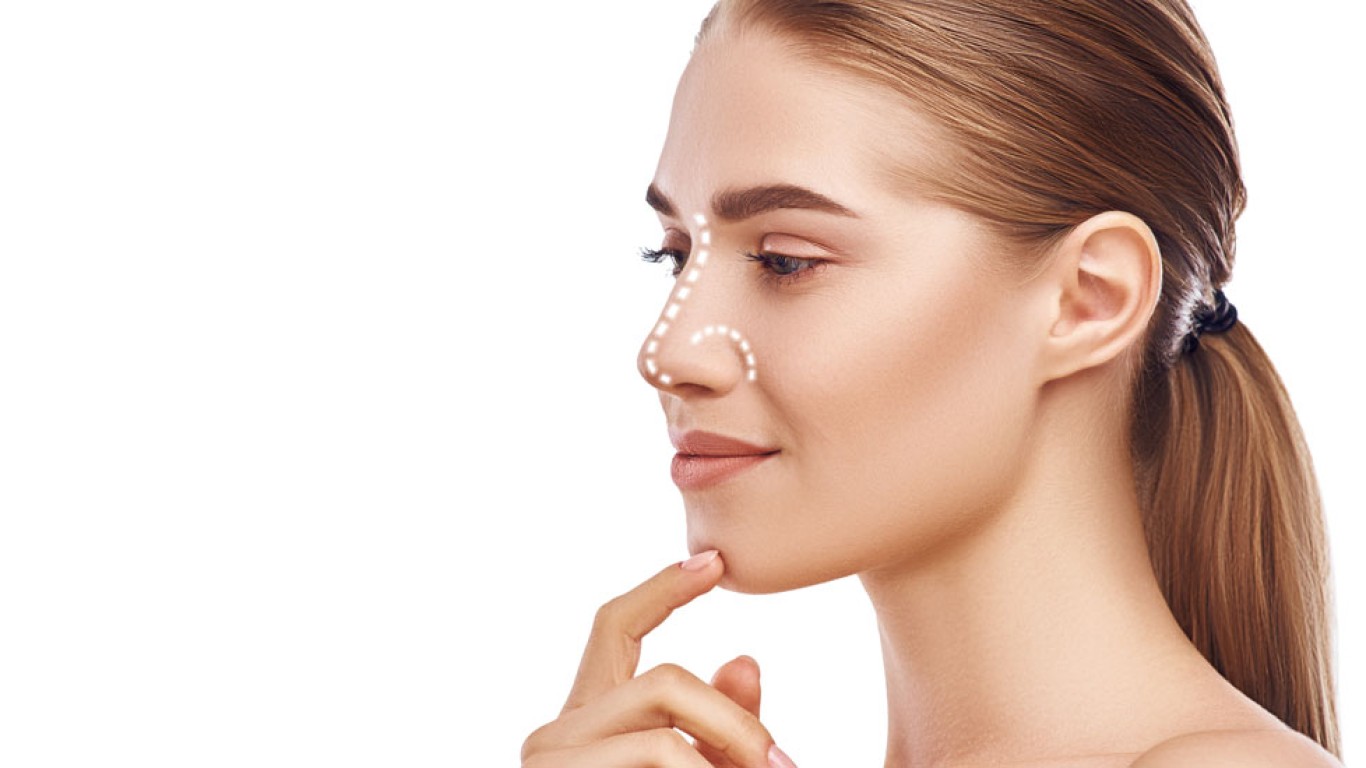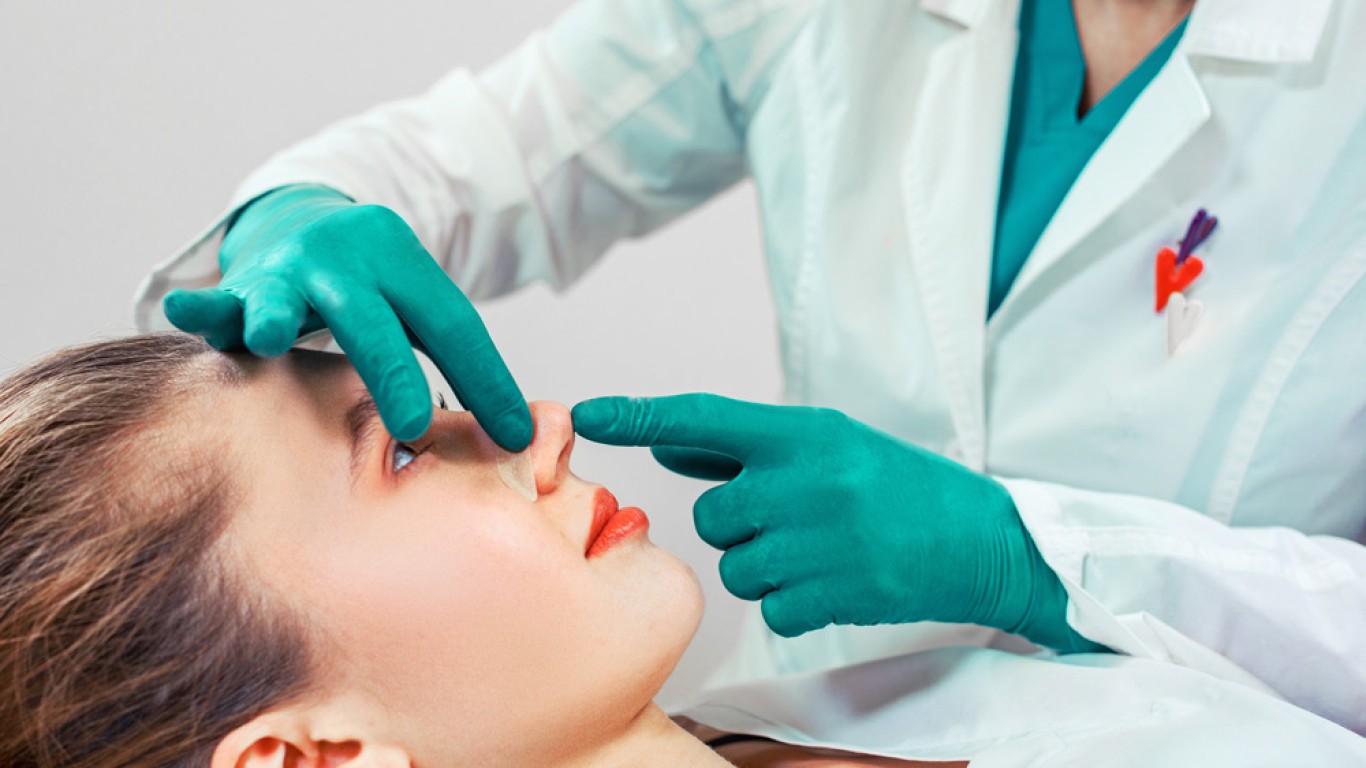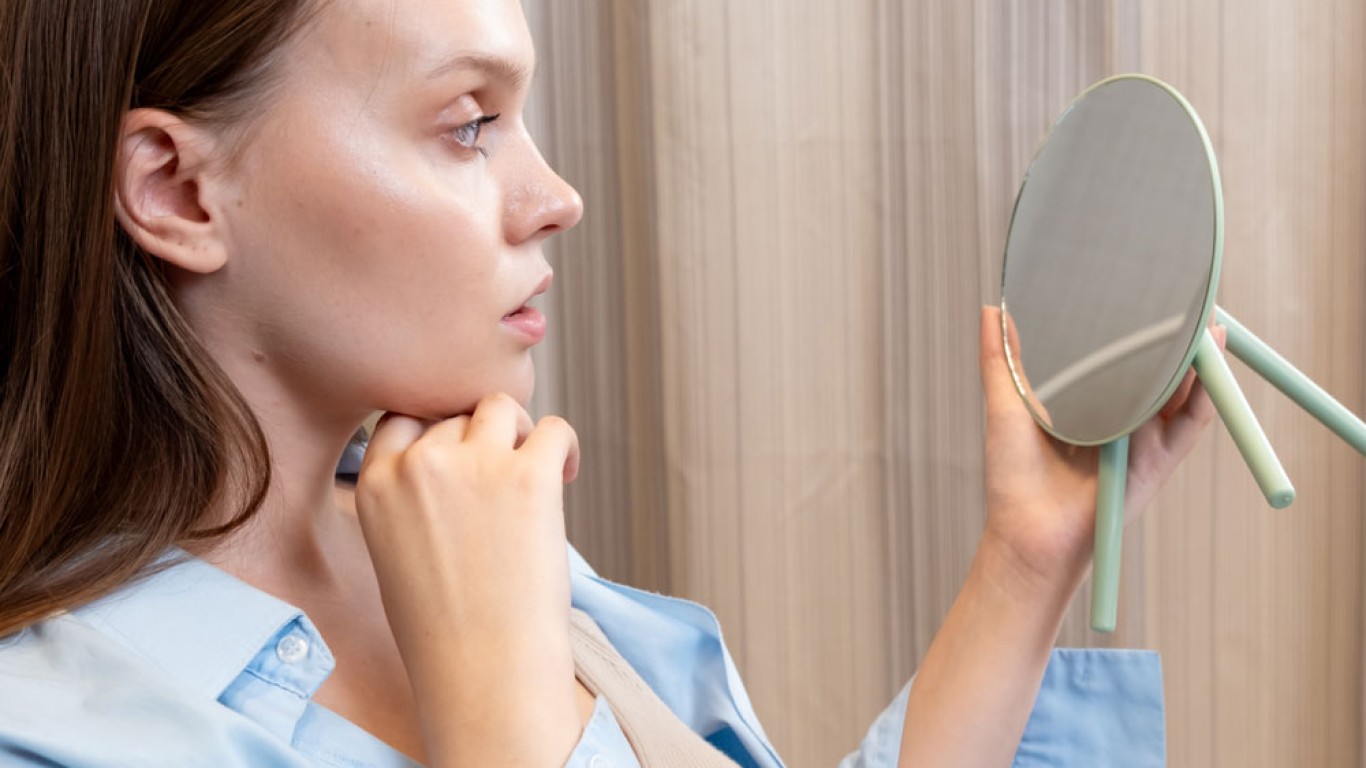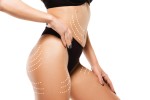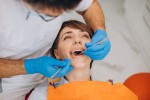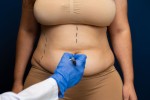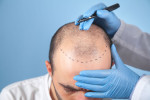Introduction
Rhinoplasty is one of the most popular cosmetic procedures for enhancing facial harmony. Although results are long-lasting, the recovery process requires care - especially when it comes to sleep. Sleeping comfortably after rhinoplasty surgery is essential for healing and reducing swelling. After surgery, your face is more sensitive, and certain positions can affect the final outcome. Many patients find adjusting sleep habits challenging. However, following expert advice makes rest easier and speeds up recovery. In this guide, we explain the best techniques for sleeping after rhinoplasty. We’ll also cover what positions to avoid and how to improve your rest.
Why Sleep Matters After Rhinoplasty
Sleep is vital for the body to heal itself. After rhinoplasty, quality sleep helps tissue repair, controls swelling and supports overall recovery. Your body releases growth hormones during sleep. These promote cell renewal, helping bruising and incisions heal faster. Additionally, rest strengthens the immune system, reducing your risk of infection. However, sleeping in the wrong position can harm results. For example, lying on your side or stomach can shift nasal structures. Therefore, adjusting your sleep position is one of the most important post-op steps.
The Best Position: Sleeping on Your Back After Rhinoplasty
Sleeping on your back is the safest and most effective position after rhinoplasty. It keeps pressure off your nose, reduces swelling and ensures symmetry is preserved. Additionally, elevating your head with extra pillows or a wedge cushion helps. This allows fluids to drain properly, minimising bruising and puffiness. Doctors typically recommend sleeping this way for the first 2-4 weeks. It might feel unfamiliar at first, but it becomes easier with some adjustments and practice.
Using Pillows to Prevent Movement After Rhinoplasty
To avoid rolling onto your side while asleep, use pillows as barriers. Place one on each side of your body, tucked under your arms. This stabilises your posture and keeps you in the correct position throughout the night. You can also use a travel neck pillow. This supports your head and stops it from turning during rest. Soft, supportive cushions not only enhance comfort but also protect your results.
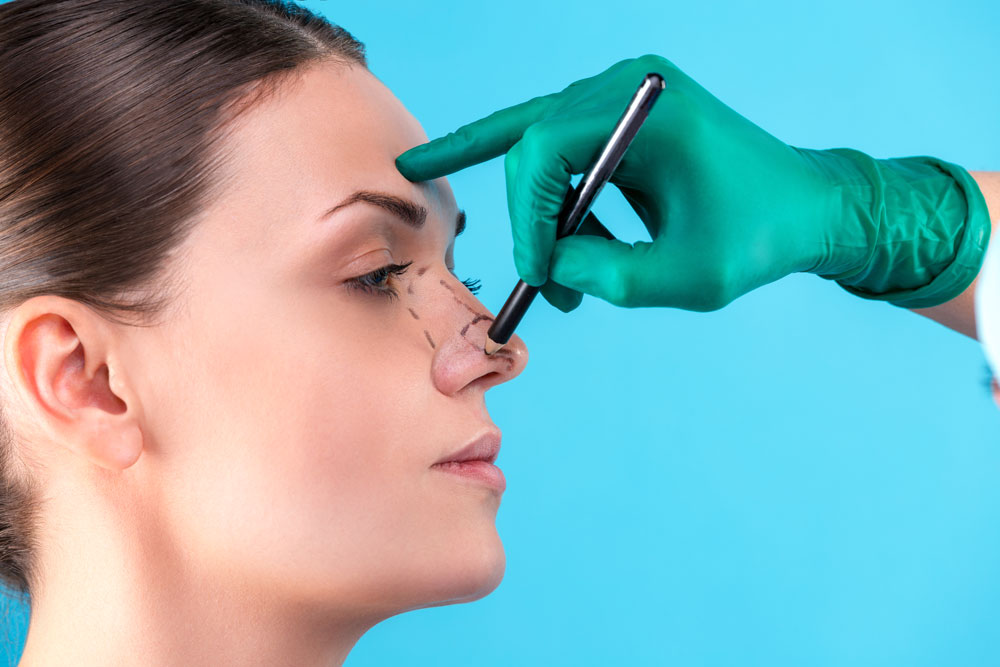
Elevate Your Head for Better Healing After Rhinoplasty
Keeping your head elevated is essential after rhinoplasty. This reduces blood flow to the nose and lowers the risk of swelling. Use two or three pillows stacked to create a gentle incline. Alternatively, a foam wedge pillow provides stable support without needing to adjust multiple cushions. Sleep with your head above chest level for at least the first two weeks. If swelling persists, continue this position longer. The more upright you stay, the quicker your face will de-puff.
Avoid Sleeping on Your Side or Stomach After Rhinoplasty
Although side and stomach sleeping may feel natural, they’re not recommended after rhinoplasty. Pressure on the nose can shift internal structures or distort the healing tissue. Sleeping on your stomach can also increase swelling and lead to discomfort. If you accidentally turn during sleep, don’t panic. Simply return to the correct position as soon as you wake. The more consistent you are, the faster sleeping on your back will become second nature.
Create a Comfortable Sleep Environment After Rhinoplasty
A relaxing sleep space helps you drift off more easily and stay in position. Start by keeping your bedroom cool, quiet and dark. Use blackout curtains and avoid screens before bed. Soft bedding, breathable materials and supportive pillows also contribute to better rest. Some patients find a reclining chair helpful during the early days post-surgery. If lying flat causes discomfort, try sleeping partially upright for a few nights. This eases sinus pressure and reduces swelling around the nose.
Manage Discomfort for Better Rest
Discomfort may interfere with sleep during the first few nights. To minimise this, take prescribed medications as directed. Over-the-counter pain relief may also be advised by your surgeon. Avoid alcohol or caffeine in the evening, as these can disturb your sleep cycle. Drink plenty of water throughout the day to stay hydrated and support healing. Gentle relaxation techniques, like deep breathing or calming music, can help promote restful sleep.
Use a Humidifier for Better Breathing After Rhinoplasty
After rhinoplasty, nasal passages can feel dry or blocked. Using a humidifier in your bedroom adds moisture to the air, making breathing easier. Dry air may cause discomfort or worsen nasal congestion. A humidifier supports healing tissues and helps you stay comfortable overnight. Keep it running during sleep, especially in colder months or dry environments. Clean it regularly to prevent bacteria buildup.
How Long Before You Can Sleep Normally?
Most patients can return to side sleeping after about 3-4 weeks, once healing progresses. By this time, nasal tissues are more stable and less prone to shifting. However, some surgeons may advise waiting longer depending on your specific procedure. Always follow personalised instructions from your doctor. If unsure, it's better to continue sleeping on your back until cleared by your surgeon. Consistency helps ensure the best long-term results.
Extra Tips to Improve Sleep After Rhinoplasty Surgery
Here are a few more tips to help with sleeping comfortably after rhinoplasty surgery:
- Stick to a regular bedtime routine
- Avoid eating large meals before bed
- Don’t take naps late in the day
- Gently rinse your nasal area as directed to ease congestion
- Wear a soft sleep mask if light disrupts your sleep
These small changes help you feel rested and support your recovery.
When to Contact Your Surgeon
If you experience persistent pain, severe swelling or difficulty breathing at night, contact your clinic. These could be signs of complications. Although discomfort is normal in the first week, it should gradually improve. Your surgeon can advise if something feels unusual or worrying. Regular follow-up appointments also allow your surgeon to monitor healing and guide your recovery safely.
Conclusion
Sleeping comfortably after rhinoplasty surgery plays a key role in your recovery and final results. By adjusting your sleep position, using pillows for support and elevating your head, you reduce swelling and protect your nose. Avoiding side and stomach sleeping, managing discomfort and creating a restful environment all support healing. With a little preparation and patience, restful nights become easier. Remember, rest is one of the most powerful tools your body has for healing.
For more information and to book a consultation visit the ACIBADEM Beauty Center Rhinoplasty page.
Frequently Asked Questions
Most surgeons recommend sleeping on your back for at least 2–4 weeks after surgery.
Yes, a travel neck pillow helps keep your head in place and supports comfortable sleep.
Yes, nasal congestion is common. Using a humidifier and following care instructions can help.
Usually after 3–4 weeks, once the nasal structure is more stable and swelling has reduced.
Don’t worry. Just gently return to your back and reposition your pillows to prevent it again.
